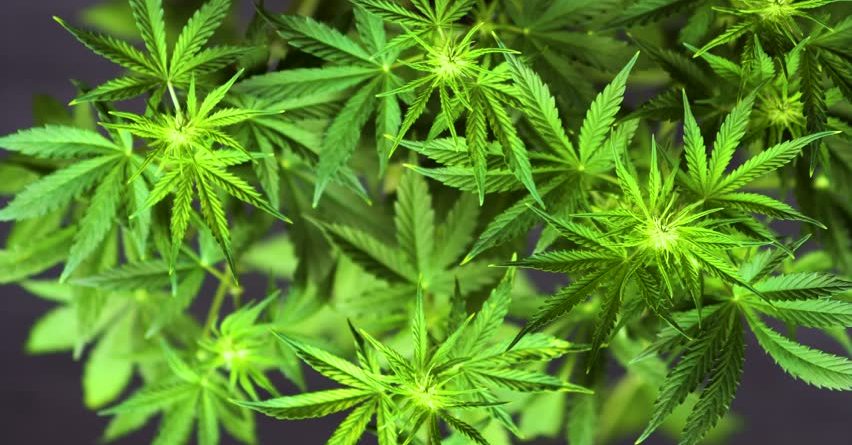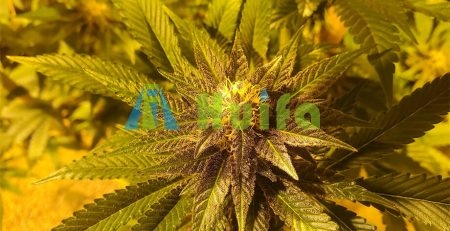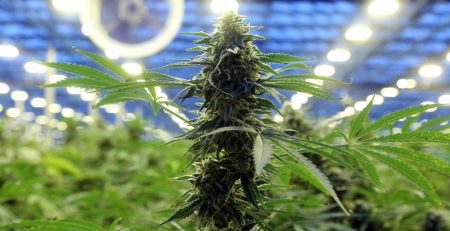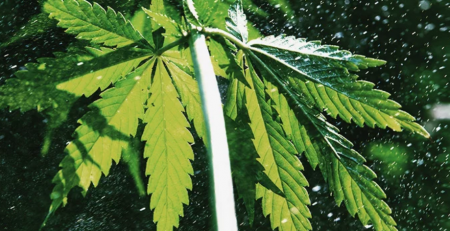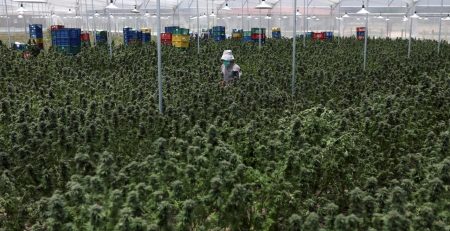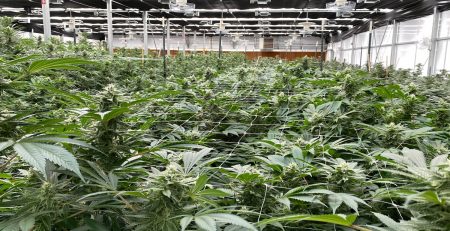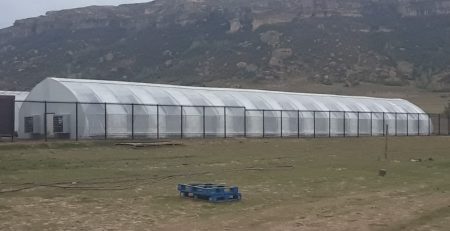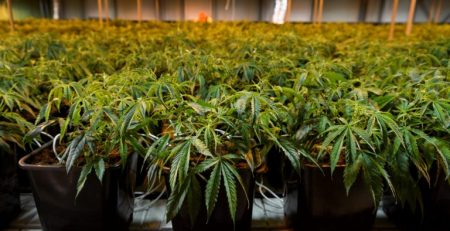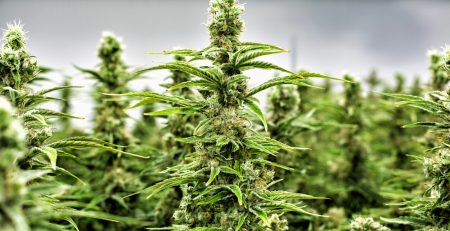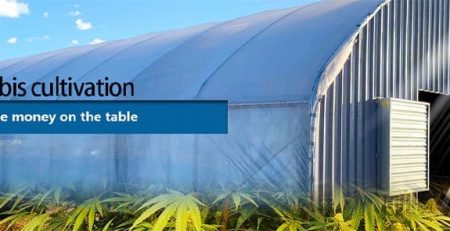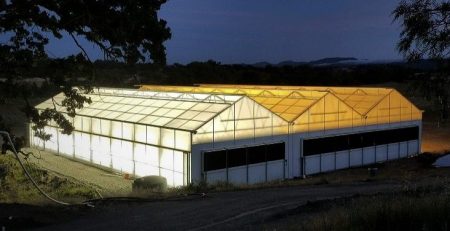5 Aspects You Should Watch Out in Your Greenhouse

It is genuine that greenhouses tend to be more economical to warm up than nice. The polyethylene or polycarbonate coverings found in a greenhouse will by natural means help build heating while using sun’s aide during cool months, however, there are lots of practices you can use to effectively and effectively amazing a greenhouse to the required temperature of all plants:
“Should I or How am I going to cool off my greenhouse if it is hot exterior?”
One of the numerous questions we have been asked focuses on greenhouse cultivation in warm climates. As greenhouses have been typically useful for expanding crops in cool climates, which are the benefits and drawbacks of utilizing a greenhouse through the hot summertime or in climates with high temperature year-round?
1- Adequate Ventilation
Every properly programmed greenhouse must have enough ventilation to switch the complete cubic air place in a very greenhouse every 1-2 moments. This implies, your exhaust admirers, intakes, circulation admirers, and or unaggressive air exchange choices (like automated roof covering ridge vents and sidewall roll-ups) should mean an efficiency that may exchange every one of the warm/stagnant surroundings for clean/cooler air within a greenhouse within that point frame. Greenhouse location and CFM computations are often available to quantify just how much airflow is required to perform this.
This air alternate process is most beneficial achieved by producing enough negative atmosphere strain on the exhaust end with the greenhouse to make a wind tunnel impact, where in fact the intake area pulls oxygen in because the exhaust admirer pulls old weather out, as the HAF (horizontal airflow) lovers circulate top of the internal surroundings around to make a uniform temperature. All this employed in conjunction will certainly reduce the quantity of heat that may quickly build-up in the greenhouse.
When done effectively, the ambient temperatures around the vegetation ought to be comparatively exactly the same heat because of the oxygen outdoors. Once you look at the wind chill factor of moving air, proper ventilation negates most, or even all, of this negative area of cultivating within a greenhouse during hot summertime while still providing protection with the plants from bad weather or outside pests and pollen. Similar to we think on windy times, plants that get a constant or high-velocity airflow will feel a lesser temperature on the leaves and think about then one resting out in the sunlight on a popular day. This solely can offer for overall much better plant wellbeing than growing outside the house in parts with low wind flow or humid/stagnant weather.
2- Passive Ventilation
You can find two types of operations that enable passive airflow, roof structure ridge vents, and sidewall roll-ups. A terrific way to remove heating (and wetness) has been the usage of a handbook or computerized ridge vent. Warm dampness and surroundings increase and gather within the optimum with the greenhouse framework, so cracking available an adequate size portion of the roof permits the passive treatment of heating and humidity and never has to depend on exhaust enthusiasts and HAF supporters to do all of the major liftings. (Expert hint; ridge vents provide a terrific way to let out just a little heat in the wintertime without trying to cool off the greenhouses prematurely via large exhaust followers).
In the event that you operate roll-ups with the roofing vent sidewall, you can change your passive airflow into a dynamic air exchange. To experience actual air swap, there have to be two openings enabling airflow. If you start the sidewalls around the structure as the roof vent is definitely open, oxygen shall stream in throughout the sidewalls, as the stagnant heat goes up and escapes from roofing effortlessly. This practice is best during spring and early summertime environments once the outdoor climate is agreeable to plant health.
Programmed ridge vents and sidewalls supply the ideal option for passive airflow as it is possible to establish them on just a little different heat range and humidity establish points. Found in conjunction with blood circulation and exhaust lovers, this can maintain operating energy bills low while giving a stable environment without enormous swings in heat range or humidity.
3- Evaporative Cooling
Evaporative cooling wall space has grown to be a staple in greenhouse chilling. The evaporative chilling unit is really a self-contained trough technique that pumps cool water by way of corrugated material. Whenever your exhaust admirers on the contrary side in the greenhouse kick on, the strain of the new surroundings will attract the exterior airflow with the evaporative chilling wall structure, chilling air since it moves through into the greenhouse. The colder this inflatable water, the much cooler the new weather that means it is to another facet. These units may bring internal greenhouse temperatures down 20-25F. They are able to rise water degrees within the greenhouse in addition, in some cases producing spikes in wetness, so it’s best in climates which have very hot and arid climates.
Evaporative cooling isn’t as useful in humid climates. The currently warm and humid airflow shall certainly not get cooled as properly as dried out atmosphere, nonetheless it will assist in cutting down temperature ranges nevertheless. Week of flower your plants come in should determine whether you need to use evaporative cooling What because the introduction of moisture is more detrimental to plant health within the later stages of flowering.
Some cultivators with average humidity will see evaporative cooling down pushes them beyond the required limits of moisture for their plants, and do additional harm than fine. Additional farms with high humidity and very hot temperatures will get the added wetness doesn’t change very much because they are already needing to combat the prevailing high humidity within their natural environment.
Proper airflow with evaporative cooling is vital, with high-speed airflow the added in moisture will not often have to be able to build up and condensate for the plants. Whether evaporative cooling can be for you personally is highly recommended on an incident by situation base, as components like environment, strains, crops, flowering process, and harvest occasions impact.
4- Geothermal, Weather Batteries, and Hydrothermal Cooling
Significantly less obtainable plus much more costly happen to be many ways of geothermal cooling and heating. Many growers find these options being difficult to implement when starting out however, many are worth consideration in extreme climates because they are the most energy-conserving type of climate control.
Climate Batteries referred to as ground-to-air heating shift methods frequently, lets you manage the weather within your greenhouse simply by utilizing the yard underneath. During the warm months, once the outdoor temperatures are spiking, the bottom beneath is ideal for cooling the new oxygen and storing the power from heat exchange. The machine requires fans to push the warm, moist air underground right into a tube system where it condenses and releases heat. The now cool Then, dried airflow will undoubtedly be forced back to the greenhouse. The energy is currently stored in the soil and can assist in warming mid-air pushed with the underground system during the night or through the winter when temperatures are colder than ideal. This sort of system can offer a low vitality cost option to cooling/heating up your greenhouse all year round while also minimizing humidity. This road has not however gained popularity since it requires extensive yard work and in advance investment for longterm residual gains.
There are many types of hydrothermal temp commands to straight impact the temperatures achieving the origins of these crops. They mostly boil right down to something of recirculating pipes that have water running right through these to pass a colder or warmer temperature beneath the base of the plants. Historically, these devices were created by pulling drinking water from an all-natural pond or nicely source and circulating water underground to become effortlessly cooled or heated up with regards to the season. Many growers took a new method of this sort of system, utilizing a water chiller through the summer plus a water heater through the winter to the water pump and circulate the required temperature directly within the plants. Of all choice ways of cooling and heating systems, hydrothermal may be virtually all functional and trusted. Many growers have the ability to use online language resources to build their very own system.
The various types of geothermal cooling and heating is definitely an expensive endeavor if you’re looking into off of the shelf solutions. Just about all organizations that operate to produce these techniques could have complete executive groups to make sure it really is performed appropriately, escalating the price tag on the functional method. Many growers will see online language resources and local contractors that can help in the DIY style system to lessen set up costs.
5- HVAC
Warming or cooling with regular electrical powered surroundings condensing units is certainly never recommended because of the sheer quantity of power necessary to provide cooling. Though specific growers via indoors cultivation backgrounds will swear because of it, we have under no circumstances found this being an effective treatment for cool or warm up a greenhouse and definitely not cost-effective. Just about all greenhouses usually do not provide adequate IR benefits (or insulation) for an individual HVAC unit to work well. Furthermore, an HVAC device is counter beneficial when running a dynamic exhaust ventilation program that is common within a greenhouse and these items are not effective enough to displace that kind of system.
Cultivating practically any place in a very scorching local climate will be doable with an adequately equipped and robotic greenhouse completely. Given decent upfront buildout funds and a well-planned project, it is possible to grow throughout the year in virtually any climate. At Fullbloom Greenhouse, we’ve helped a large number of cultivators wade through the options in regards to what is best because of their location and budget. Remember to feel absolve to comment, e-mail, or demand help in figuring out what is very best for your plantation.

